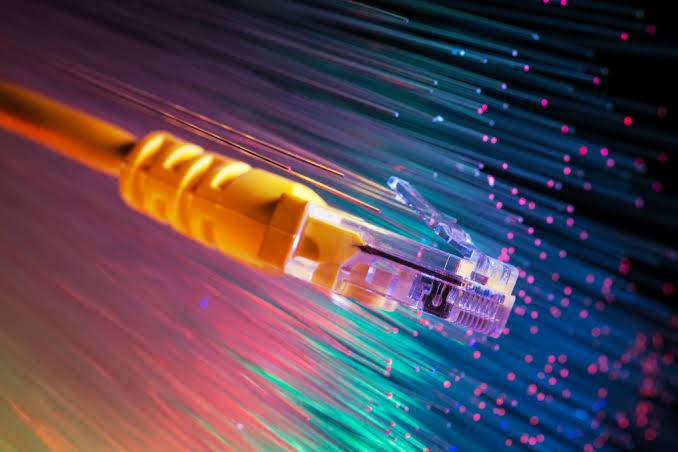The Department of Information Technology and Telecommunications has established a “National Broadband Policy 2021” which aims to contribute digital / broadband development to the $ 5 billion economy.
In investments and 20 billion dollars. In sales for 2025, The draft directive will also contribute up to eight percent to the gross domestic product (GDP) from digital / broadband development over the next four years.
One of the objectives of the proposed directive is to ensure that 100 percent of the population in level 2/3 cities has access to super-fast internet, an average internet speed per digital users create bank accounts by 2025.
The draft directive aims to address some of the specific challenges.
- The need for affordable broadband access for all
- Addressing the challenges of the digital divide, especially in unmanaged and disadvantaged areas across the country.
- Addressing the challenges of implementing the required digital infrastructure and related funding models, including comprehensive fiber creation and efficient spectrum management.
- Harmonization of the existing tax system for telecommunications services.
- Promoting the development of local and relevant content and services.
- The need for improved and consistent quality of the broadband service.
- Advocate the importance of digital trust in telecommunications networks for the wider use of digital technologies in all areas of life.
- Understanding the impact of the Internet on sociocultural development, economic growth and environmental sustainability.
- Removing barriers to investment in existing licensees and new investors in the telecommunications sector and promoting public-private partnerships.
- Challenges in accelerating the development of X generation technologies and fiberization needed to improve the health of broadband infrastructure.
The proposed policy to promote the Digital Pakistan Initiative is central to developing a policy vision that is user-centric, market-oriented, easy to manage, comprehensive and provides a solid foundation to properly address outstanding issues and explore new opportunities. in the most agile way.
National Broadband Policy – 2021 Aims to; Reviving the state of telecommunications by accelerating efforts to digitize all citizens digitally in every corner of the country to gain universal access to affordable high-speed internet to improve the use of digital space by providing equal opportunities socio-economic resources.
” healthy environment through the further development of policies and regulatory measures necessary for the timely and sustainable deployment of advanced technologies and digital infrastructure.
Policy objectives include:
- To address the challenges of internet access by rapidly monitoring the proliferation of digital access, optimizing the use of existing infrastructure and distributing digital benefits fairly through needs-based policies.
- Promote service-oriented and open competition for the early engagement of digitally shared people, streamline taxes and provide important incentives to lower inclusion costs.
- Earn Generation X Internet Services and Technology Editing and Activation.
- Improving the accessibility of the Internet by localizing content and introducing a culture of indigenous research and innovation at grassroots level to address societal challenges and explore opportunities through efficient and effective use of digital / Internet space.
- Development and optimization of infrastructure / the resources available to national and regional governments / governmental organizations to improve the delivery of internet / digital services in synergy and partnerships and a targeted adoption and humanization of the fourth industrial revolution (4IR).
- Development of a roadmap for the use of changing communication technologies and for creating a favorable environment through necessary relaxation and appropriate regulation.
The goal is to ensure that 100 percent of the population in level 2/3 cities has access to high-speed internet by 2025.
More than 75 percent of metropolitan areas, districts, cities, municipalities and union councils must be connected to a fiber optic fixed / wireless access network with an average internet speed per Used by 2025 in the major cities of Pakistan at 50 Mbps.
Any social and welfare institution such as z. Schools, hospitals, courts, police / fire stations, district / trade union councils must have access to broadband services with a connection of at least 50 Mbit / s by 2025.
More than 75 percent of businesses and commercial companies must have access to high-speed fixed and mobile services. Broadband internet By 2025, every internet user must have at least one updated smartphone and / or device.
Introduce the next wave of fixed and mobile communications services and secure coverage in 25 percent of Pakistani cities by 2025 and in an additional 75 percent of cities by 2030, taking into account technological advancements and resource optimization en route to 75 percent of support internet users with digital bank accounts by 2025, development and operationalization of at least five aviation neutral internet exchange points and cloud data centers in public-private partnerships by 2030.


